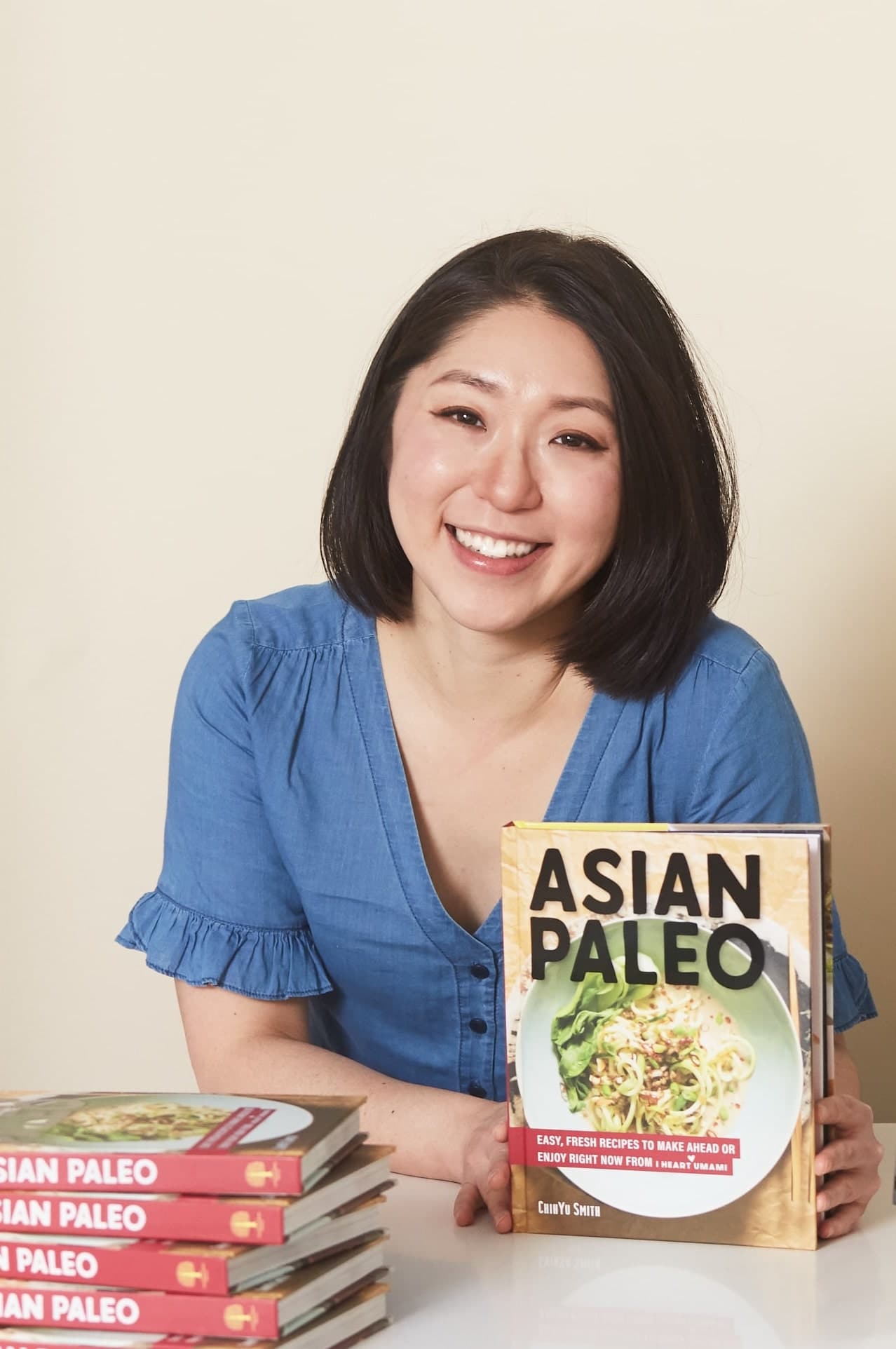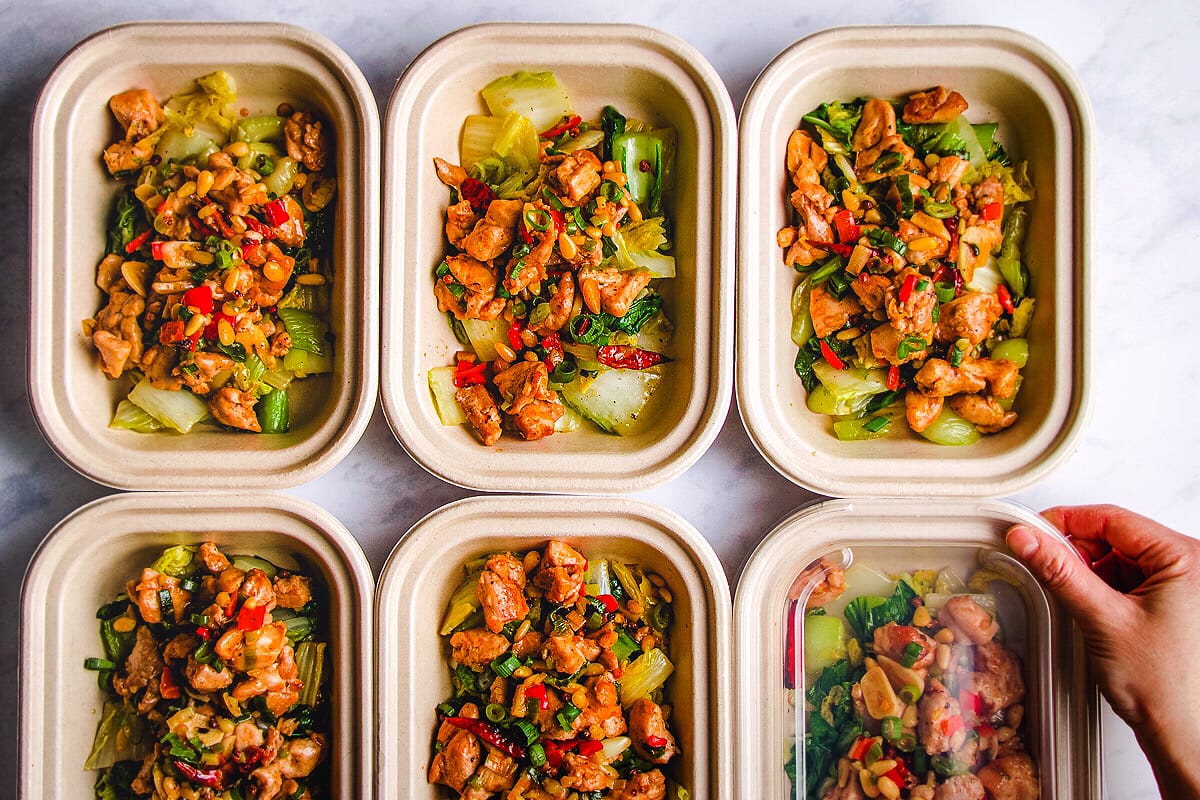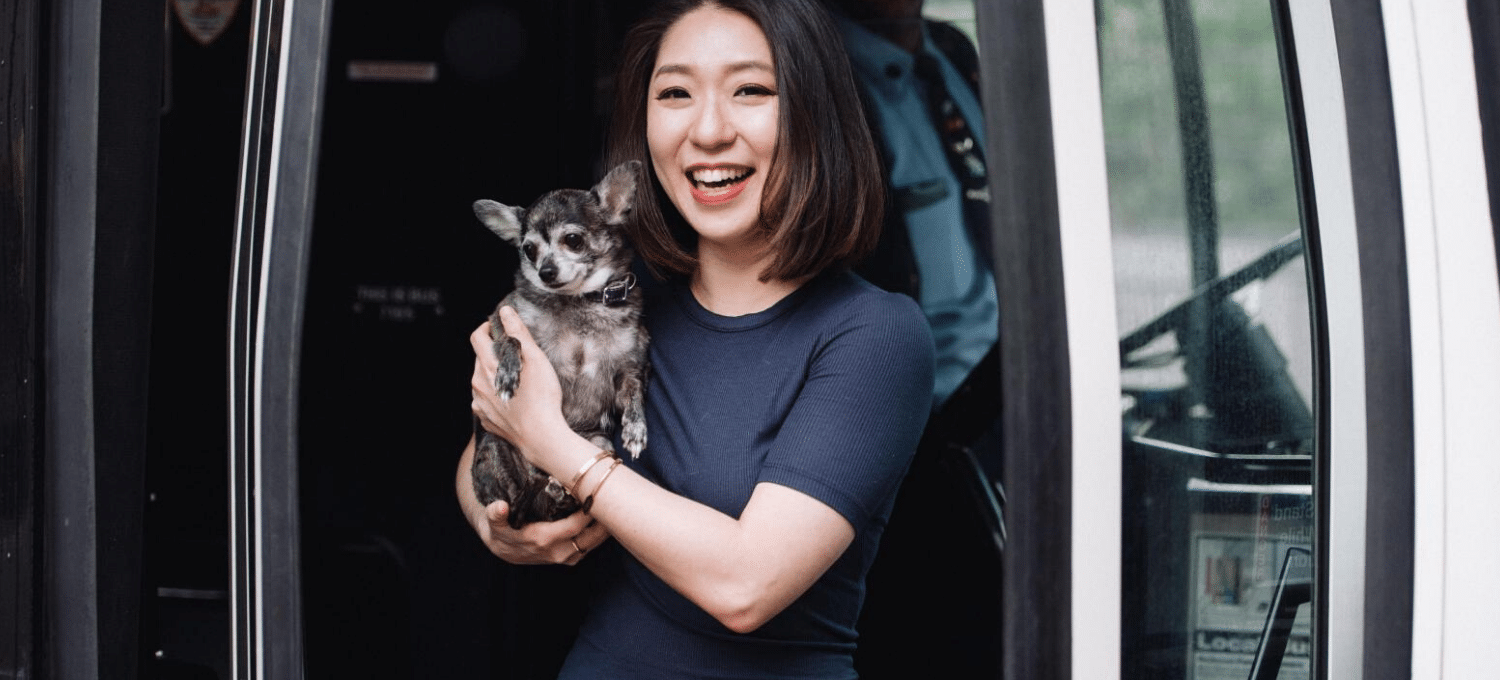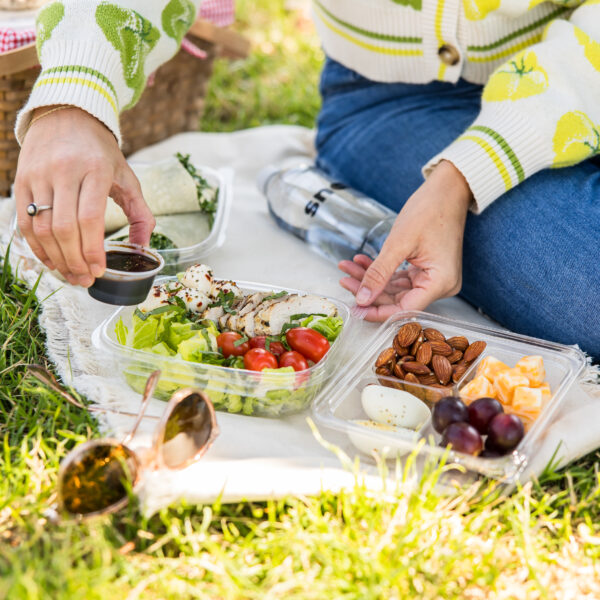
Curious about cooking up healthy Asian recipes? Since I run a blog that caters to Asian-inspired Paleo, Whole30, and Keto cuisines, people often ask what my favorite swaps are for traditional ingredients. Throughout the years, I’ve learned how to recreate my family’s traditional dishes to make them Paleo-friendly through my blog I Heart Umami and my cookbook Asian Paleo.
My Favorite Healthy Swaps
- To replace traditional soy sauce, I use coconut aminos, which are made from a blend of coconut nectar and sea salt. Compared to soy sauce, coconut aminos are less salty, lighter in color, gluten, and wheat-free, and naturally sweeter. Coconut aminos are a must-have for Asian-inspired paleo food lovers! I even have a YouTube video all about coconut aminos. You can check it out here.
- Fish sauce is another must-have! My favorite brand is Red Boat. I use it often with coconut aminos to create Asian-inspired Thai and Vietnamese cuisines. It’s also a wonderful sauce to marinate beef with.
- I use avocado oil to replace canola, soy, and corn oil, which are very processed and high in omega-6 fats (pro-inflammatory in excess). Avocado oil is great for high heat cooking and has a neutral flavor that’s perfect for Chinese quick stir-fry dishes.
- I use arrowroot starch or tapioca starch to replace corn starch since corn is technically a grain and is often genetically modified.
- Another great item to have in the pantry is aged balsamic vinegar. I use it to replace Chinese black vinegar, which unfortunately has many additives in today’s mass production. When you use balsamic vinegar in combination with the right ingredients, your taste buds will not be able to tell the difference between the two!
How I Create My Recipes
For most of my east and southeast Asian-inspired paleo dishes, I rely on my taste buds from my experience growing up in Asia. I don’t have specific formulas to make a dish Asian but rather follow what tastes right to me. When I create a new recipe, I always have my audience in mind; how accessible are the ingredients in Western grocery stores, are the cooking steps straightforward and easy to follow, and most importantly, are the dishes absolutely delicious?
The Origins of Kung Pao Chicken

My Paleo Kung Pao Chicken is one of my signature Chinese-inspired Paleo dishes and a blog reader favorite!
The first characteristic of Kung Pao Chicken is small and almost squarely shape chopped chicken. I do a quick marinade to give the chicken more flavor and color. Aromatics are also a must-have in my cooking. They add so much more flavor and elevate a dish instantly! In my Kung Pao Chicken, I use garlic, ginger, scallions, fresh and dry Chinese red chilies, and Sichuan peppercorns. For people who prefer non-spicy food or who can’t find Chinese dry chilies, I recommend skipping the chilies or substituting them with red Fresno or Serrano chilies. Sichuan peppercorns aren’t spicy, but they do offer a tingling and numbing sensation in the mouthfeel. If you can’t find them, you can mimic the flavor with ground black pepper mixed with lemon zest.
Imagine the golden brown, seared and juicy chicken tossed with loads of fresh herbs in a savory and naturally sweet stir-fry sauce!
Check out more of my Asian-inspired Paleo recipes and connect with me on my Youtube and Instagram channels. I can’t wait to get to you know, too!





Leave a Reply
No Comments